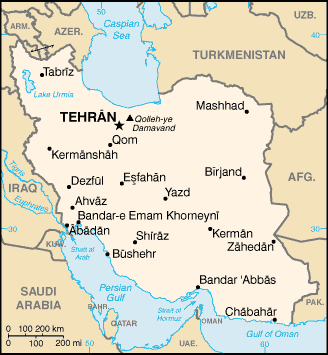Three deaths due to the viral disease, Crimean-Congo hemorrhagic fever (CCHF), since late March has prompted the Iranian parliament’s Health Commission to hold an emergency meeting today on the outbreak, according to the Tehran-based Tasnim News Agency.

According to Mohammad Mehdi Gouya, the director of Health Ministry’s Center for Communicable Disease Control, the Crimean-Congo hemorrhagic fever has caused the deaths of three people in Iran since the beginning of the current Iranian year (March 21, 2017).
According to the WHO, Crimean-Congo hemorrhagic fever is a widespread disease caused by a tick-borne virus (Nairovirus) of the Bunyaviridae family. The CCHF virus causes severe viral hemorrhagic fever outbreaks, with a case fatality rate of 10–40%.
CCHF is endemic in Africa, the Balkans, the Middle East and Asian countries south of the 50th parallel north – the geographical limit of the principal tick vector. The hosts of the CCHF virus include a wide range of wild and domestic animals such as cattle, sheep and goats.
Animals become infected by the bite of infected ticks and the virus remains in their bloodstream for about one week after infection, allowing the tick-animal-tick cycle to continue when another tick bites. Although a number of tick genera are capable of becoming infected with CCHF virus, ticks of the genus Hyalomma are the principal vector.
The CCHF virus is transmitted to people either by tick bites or through contact with infected animal blood or tissues during and immediately after slaughter. The majority of cases have occurred in people involved in the livestock industry, such as agricultural workers, slaughterhouse workers and veterinarians. Human-to-human transmission is possible.
Related:
- Global experts recommend that people with HIV should be vaccinated against meningococcal disease
- Cholera: Yemen reports more than 50,000 cases in a month
- Guinea worm disease: 21 suspected cases in South Sudan
- Pink eye becomes epidemic in the Dominican Republic
- Brazil: Leptospirosis cases up in Alagoas state
- Legalizing marijuana in Canada will jeopardize the health of young people: CMAJ
- Philippines: 12 million people at risk for schistosomiasis, a major neglected tropical disease

